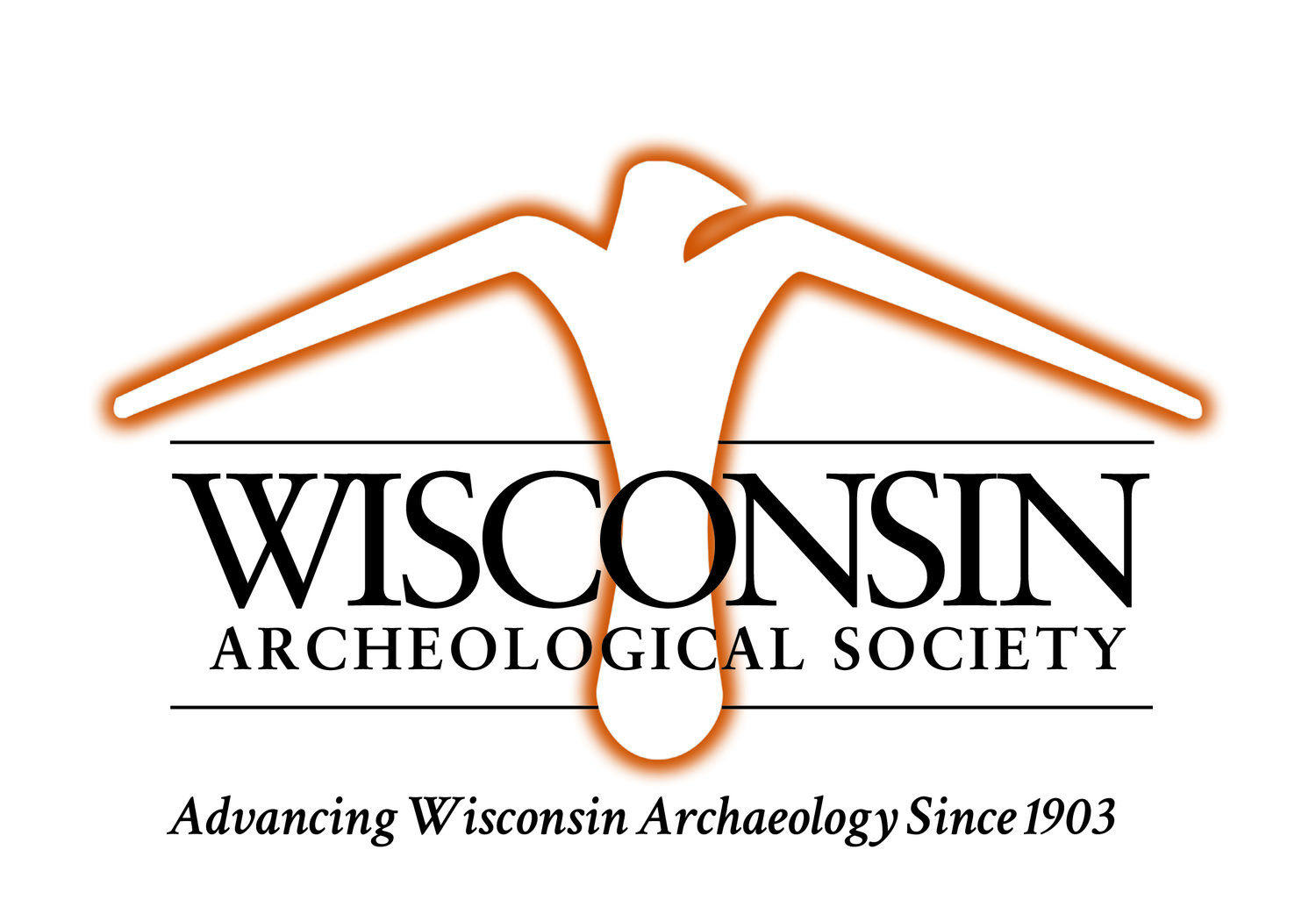IMAGES Used with permission of the Wisconsin Historical Society
Cooking and Vessel Function in the Oneota Tradition: A Tremaine Complex Case Study
Jeff Painter
Michigan State University
In August of 2017, I traveled to the Wisconsin Historical Society’s collections center in Madison, WI to examine ceramics from the Tremaine, Filler, and OT sites, which are the remnants of an intermittent Oneota occupation that spanned from A.D. 1300-1650. I was able to complete this project thanks to funding from the Wisconsin Archeological Society. On this trip, I collected data on use-related alterations, such as charring, sooting, scratches, and pitting, from which I can infer the way the vessels were used during their lifetimes. Combined with data collected on a previous trip, these observations provide a glimpse into the cooking practices at the sites and how they changed, or not, alongside shifts in subsistence and ceramic technology. While I am still in the process of analyzing this data and further research needs to be done to verify my findings, preliminary results suggest that cooking practices shifted slightly over time as agriculture, specifically maize agriculture, became a greater component of the resource base for these people. Over time, boiling foods appears to have become more prevalent, possibly due to a greater taste for boiled foods or the more frequent processing of maize and other seeds, which needed to be simmered, sometimes with other additives such as wood ash, in order to unleash their full nutritional potential. Aside from information on diet and cooking habits, further research into Oneota cooking and foodways holds promise for exploring larger issues in Oneota archaeology, such as identity, intra-tradition variability, and the evolution of Oneota groups through time






